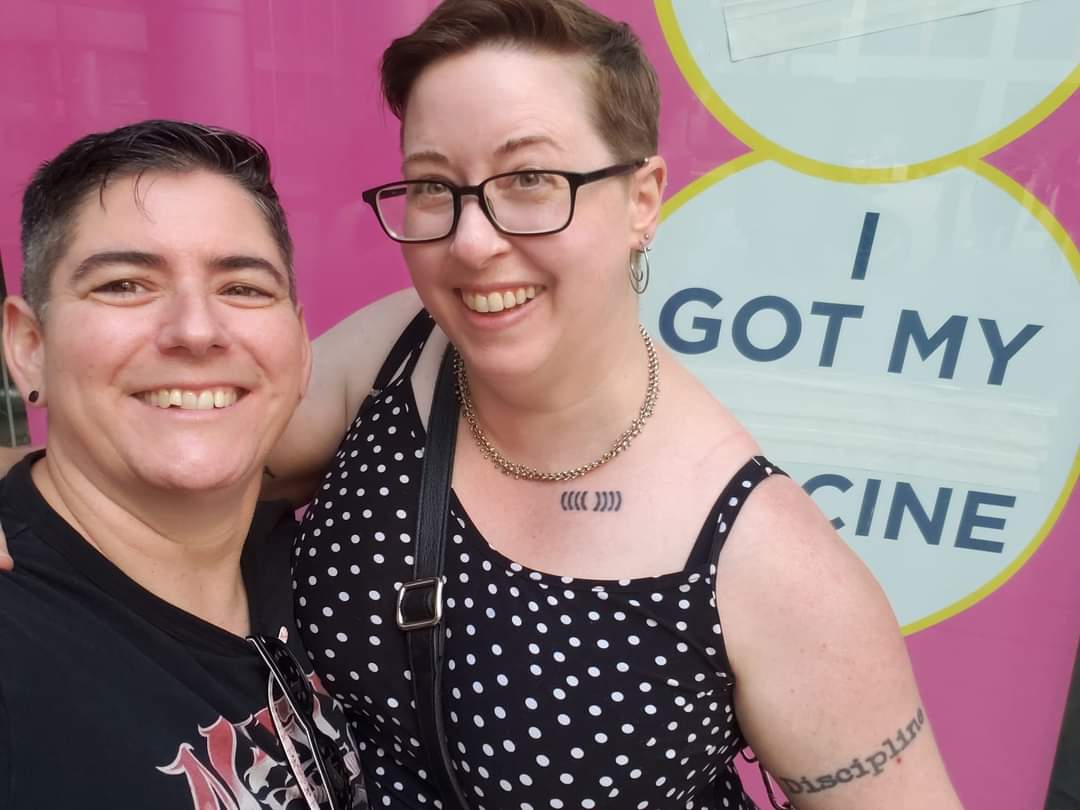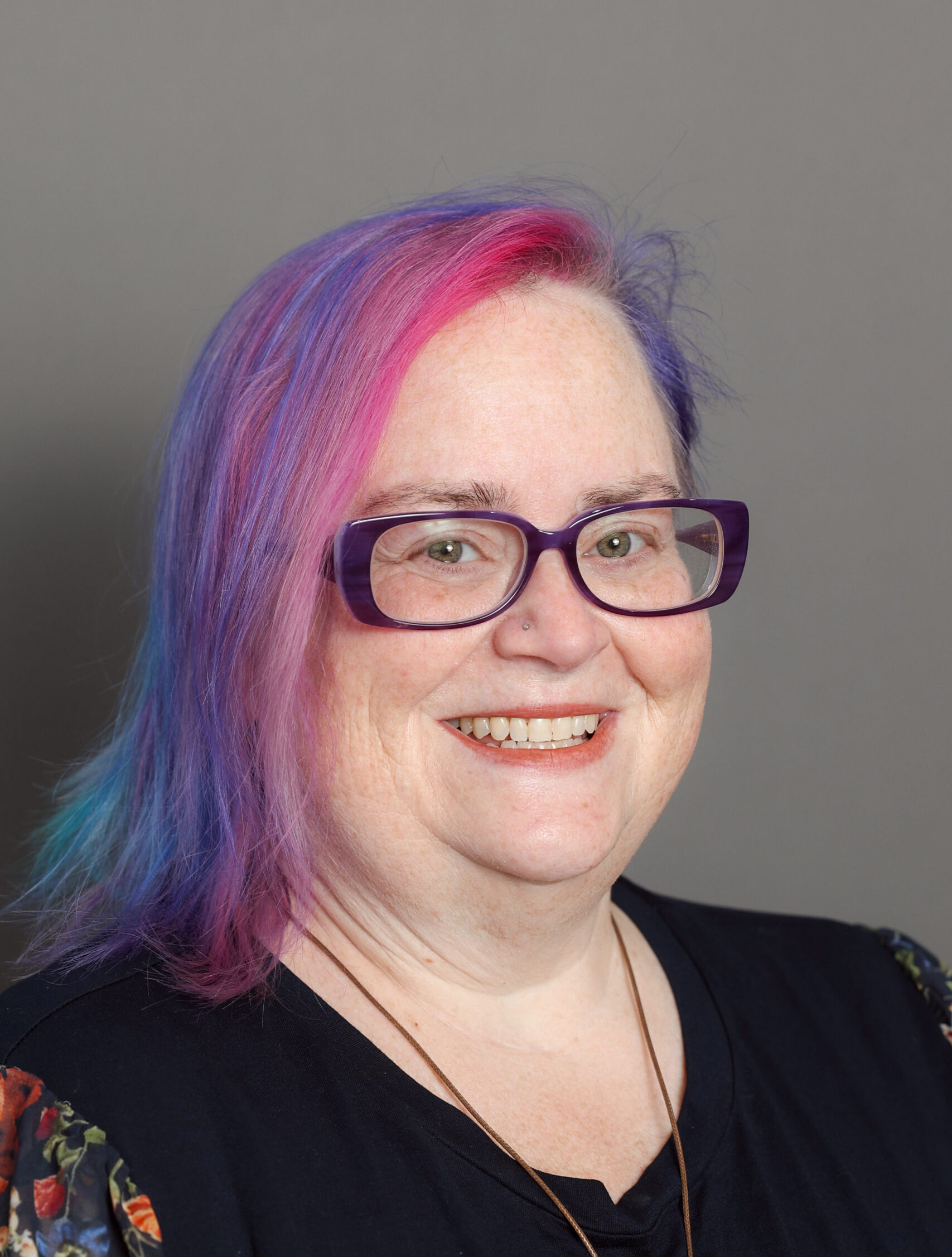Monkeypox: A global public health emergency

Today, the Center for Disaster Philanthropy is launching its third infectious disease disaster profile, joining our profiles on the Ebola outbreak and the COVID-19 pandemic.
Unlike natural hazards or severe weather disasters with clear timelines and scales of impact, we have struggled as a staff team with when to write a disaster profile on monkeypox.
Decision-making
On the one hand, in Europe and North America, monkeypox is a virus that is primarily affecting gay and bisexual men or men who have sex with men. We at CDP are always concerned about this population as we look at the impact of disasters and other crises with an intersectional equity lens. We want to draw attention to the virus at this critical juncture because we want to avoid another HIV/AIDS crisis where the disease was ignored or treated as a “Gay Plague,” undeserving of attention. We also know that this population is an entry point, and the virus will spread.
On the other hand, monkeypox has been endemic in many countries for years, but we, like many others, are paying attention to it now with the increased media attention as it is hitting primarily wealthier, white countries. We wanted to resist moving forward on it just because it is now seen as a Westernized disease. To that end, and following the lead of the World Health Organization (WHO), CDP will (except in reference to historical information) be “removing the distinction between endemic and non-endemic countries, reporting on countries together where possible, to reflect the unified response that is needed.” We recognize that creating a distinction between the two perpetuates white supremacy.
We also struggled because we know we have been publishing many disaster updates recently including the Horn of Africa and 2022 International Wildfires. As we grapple with an increasing number of disasters, we want to balance providing resources to help funders with their decision-making with overwhelming them with too much information.
But we believe that without philanthropic intervention, this virus risks becoming an even bigger emergency, globally and here at home. Share on X
The profile is not our first step in raising awareness of monkeypox. Beginning on May 23, 2022, CDP began coverage of the monkeypox outbreak in our weekly “What We’re Watching” blog post. At that time, there were fewer than 100 cases confirmed in several non-endemic countries (outside of the African continent). The U.S. had one confirmed case and two suspected cases. Just over two months later, the number of cases is quickly approaching 20,000, and the U.S. leads in total cases. We’ve also been sharing stories through our social media channels.
In our work, CDP aims to be proactive and to guide funders to take action on disaster issues of concern. But we also take guidance from the experts. In light of the recent declaration from the World Health Organization that monkeypox is a “public health emergency of international concern,” CDP is increasing its efforts to inform funders about the virus. Yet, even WHO struggled with a decision, and for the first time, the WHO’s director general, Dr. Tedros Adhanom Ghebreyesus, overruled his advisers and issued the declaration himself.
In one of a few silver linings of the new outbreak, all players – government, funders and non-governmental organizations – are very experienced (or should be by now) at managing public health response after 2.5 years of COVID-19. Second, as mentioned, fewer people are at risk of contracting monkeypox than a virus such as influenza, although two children in the U.S. have recently tested positive. Third, there have been only five deaths worldwide in 2022, making it currently less lethal than COVID-19. At this point in the COVID-19 outbreak in 2020, there had already been 30,000 deaths.
What should funders do?
Below are two ways that grantmakers and donors can help stem the spread of monkeypox:
1. Explore and fund critical work. The monkeypox disaster profile includes activities that needs more funding, such as:
- Vaccines, testing and treatment support.
- Public education and outreach.
- Contact tracing.
- Supporting capacity of LGBTIA+ and HIV/AIDS organizations.
- Advocacy for government funding, support and action.
2. Stay informed about the issues by following key sources, including:
- CDP’s Monkeypox Global Outbreak disaster profile
- Centers for Disease Control and Prevention (CDC): Monkeypox
- CDC: 2022 Monkeypox Outbreak Global Map
- WHO: Monkeypox
- WHO: Multi-country Monkeypox Disease Outbreak News
- The Lancet: Infectious Diseases
